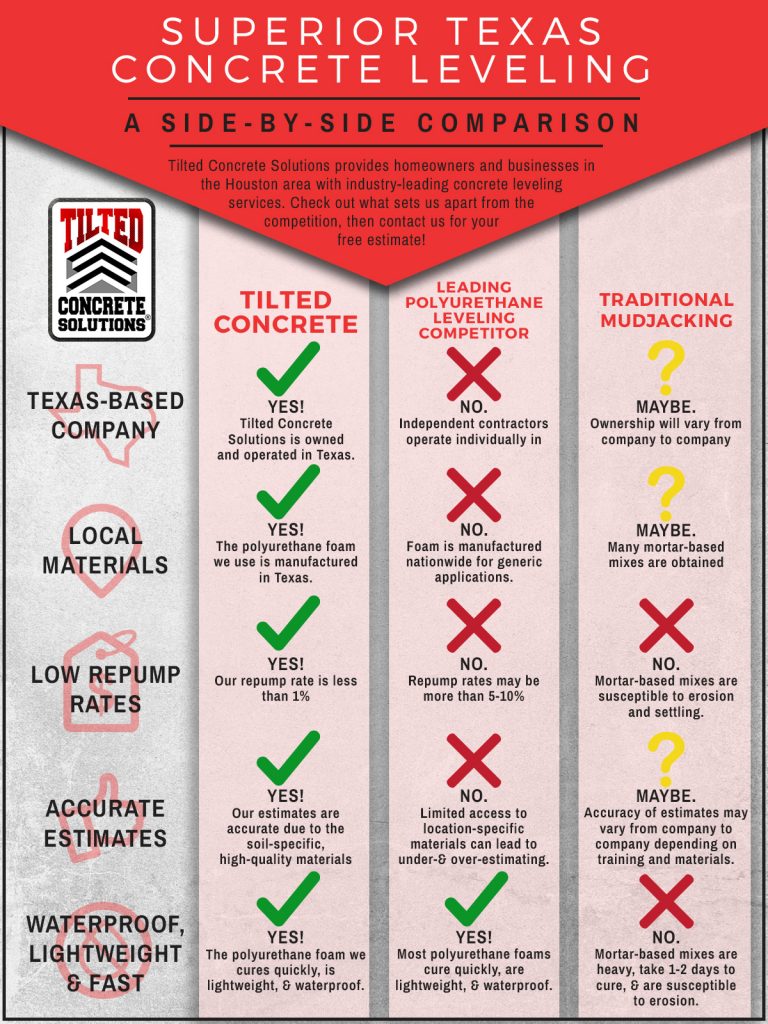Reveal The Tricks To Attaining A Specialist Outcome In Your Exterior Paint Project By Understanding The Influence Of Weather Condition Variables
Reveal The Tricks To Attaining A Specialist Outcome In Your Exterior Paint Project By Understanding The Influence Of Weather Condition Variables
Blog Article
Created By-Kidd Wolff
Comprehending exactly how climate condition can influence the outcome of an external paint endeavor is paramount for accomplishing a perfect finish. From temperature level fluctuations modifying paint adhesion to humidity levels impacting drying times, each element of weather condition plays a considerable role in the success of your project. In addition, wind rate and precipitation can present unexpected obstacles that may endanger the high quality of the outcome. As we navigate through the subtleties of weather's effect on outside painting, it becomes obvious that careful preparation and calculated timing are important for making certain a specialist and resilient outcome.
Ideal Temperature Variety for Paint
When taking into consideration exterior paint jobs, the ideal temperature level variety plays an essential duty in accomplishing optimum results. Paint in the right temperature level problems makes certain that the paint sticks correctly to the surface area, dries out equally, and remedies properly. Generally, the recommended temperature level variety for exterior paint is between 50 to 85 levels Fahrenheit.
Painting in temperatures listed below 50 levels Fahrenheit can bring about issues such as bad paint bond, extended drying times, and an increased possibility of fracturing or peeling.
On the other hand, paint in temperature levels above 85 levels Fahrenheit can create the paint to completely dry too promptly, bring about blistering, gurgling, and an uneven surface.
To achieve the most effective results, it is important to check the weather forecast before starting an external paint project. Preferably, goal to paint during light weather conditions with modest temperatures and reduced humidity degrees.
Effects of Humidity on Paint Drying
Moisture levels significantly influence the drying procedure of paint related to exterior surfaces. High moisture can lengthen the drying time of paint, bring about possible problems such as trickling, streaking, or perhaps the formation of bubbles on the painted surface area. Excess wetness in the air reduces the evaporation of water from the paint, preventing the healing procedure. This is specifically bothersome for water-based paints, as they depend on dissipation for drying out.
On https://edgarjotxc.ageeksblog.com/32796145/yearning-for-a-home-that-exhibits-quality-and-vibrancy-discover-the-key-of-expert-home-painters-and-the-key-elements-that-make-a-residence-truly-feel-like-a-home , reduced moisture levels can additionally impact paint drying. Exceptionally completely dry problems might cause the paint to completely dry too rapidly, leading to bad adhesion and a rough surface. In such situations, including a paint conditioner or spraying a great haze of water airborne can assist manage moisture degrees and enhance the paint result.
To make sure optimum drying conditions, it is a good idea to repaint when the humidity levels range in between 40% and 50%.
Tracking moisture degrees and taking ideal actions can help attain a smooth and resilient paint coating on outside surface areas.
Wind and Rainfall Considerations
Wind rate and rainfall are crucial aspects that substantially affect the success of an exterior paint job.
When https://professionalpaintersnearm40614.kylieblog.com/34433423/in-your-journey-to-accomplish-a-renewed-aesthetic-for-your-home-learn-the-crucial-techniques-for-picking-the-best-paint-colors-and-preparing-your-setting-for-a-makeover pertains to wind, both speed and direction are crucial factors to consider. visit the up coming internet page can trigger paint to completely dry too quickly, resulting in a substandard completed with potential issues like cracking or irregular texture. In addition, wind can carry particles that might follow the damp paint, leading to imperfections. Consequently, source website need to aim to deal with days with light to modest winds for optimal painting conditions.
On the other hand, rainfall, whether rainfall or snow, can be extremely damaging to the result of an outside paint task. Wetness from rainfall can impede paint adhesion, causing peeling and bubbling over time. It is critical to stay clear of paint throughout stormy or snowy climate to make certain the longevity and top quality of the paint work. Painters need to likewise allow enough time for the surface to completely dry thoroughly after any kind of rainfall before beginning or resuming the painting procedure.
Verdict
To conclude, weather conditions play a significant role in the outcome of an exterior painting project. The optimal temperature array, moisture degrees, wind speed, and rainfall all add to the success or failure of the paint job.
It is necessary to think about these factors and plan appropriately to make certain proper paint attachment, drying times, and total high quality of the completed item.
